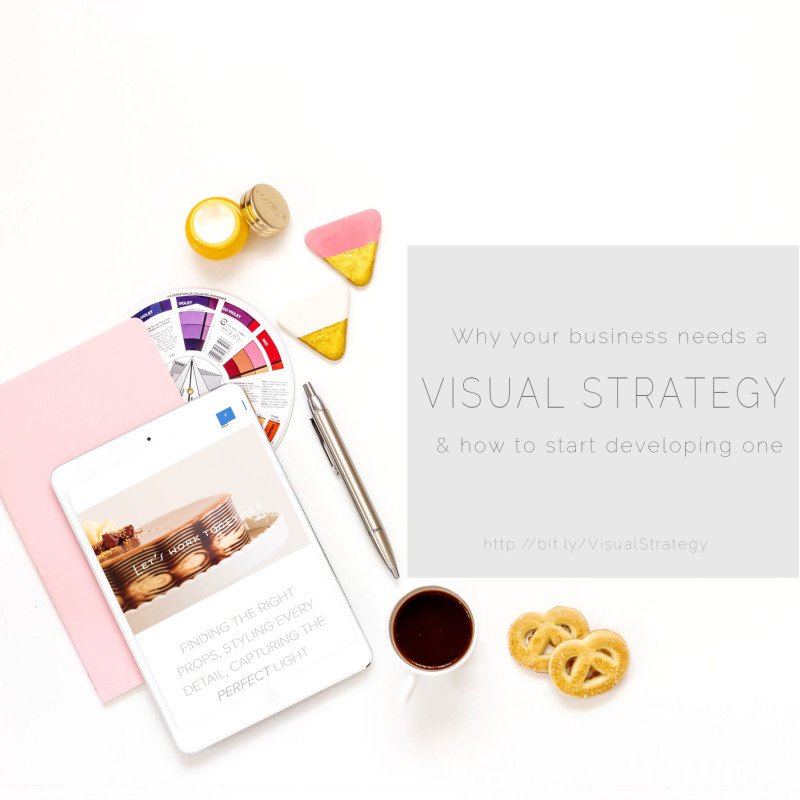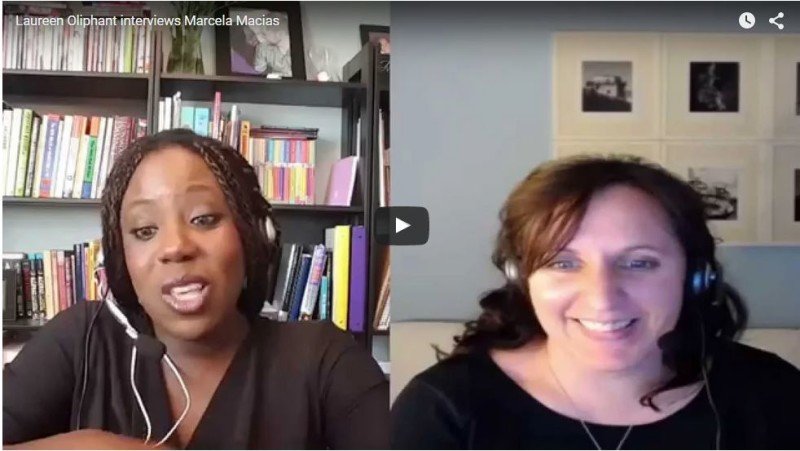Why your business needs a visual strategy
Why your business needs a visual strategy
Visual Strategy 101: why and how
When I started working as a professional photographer, I felt like Sandra Bullock in Gravity: lost in space. Yes, I knew how to take photos. Yes, I knew how to style. Yes, I knew how to edit. But I also knew very well that, in order to turn that first job into more, and eventually into a profitable business, I needed something more.
I’ll be completely honest: I had no idea what that something more needed to be.
So I did the only thing I knew how to do well: I actively listened to my clients. This means that when I asked a question and I thought I had understood their needs, I listened a little bit more. I taught myself to keep asking questions, to observe, to listen better.
Whenever my clients mentioned some of their dreams (“I want to sell in Anthropologie”, ” I want my husband to quit his job”, ” I want to teach at CreativeLive“), I’d start thinking: What do they need to get there and how can I help them? How can my photography help them make their dreams a reality?
I soon reached one conclusion:
My photos needed to make my clients money.
And this conclusion was quickly followed by two questions:
Could photos do this? And if so, how?
Early last year, I set up on a quest to find these answers. In reply to the first question, I found plenty of numbers and statistics. I’m sure you’ve seen them too:
%
Percentage of added views when an article includes an image
%
Percentage of consumers who say that the quality of a product's images is very important when selecting and purchasing a product.
%
Percentage of consumers who are more likely to give attention to a website when an image appears on the search
%
Percentage of ecommerce traffic that comes from Pinterest (a visual social media platform)
But I wanted to know more.
I wanted to go beyond the obvious, and the easy.
I wanted to know whether photos were an expense or an investment (and whether the answer was absolute (yes, in all cases; or no, in all cases) or relative (it depends, and if so, on what)).
Were photographs really powerful marketing tools, or where they just “an extra”, “an addition”?
Were images actually necessary? Should business owners budget for them, or could they be omitted?
If photos were important: did any image count, or were some images better? Was there a secret recipe to turn an image into a selling tool- and if so, what was it?
So I put my years of training in Legal Research to good use, my nerd cap on (just kidding, it’s always on) and I started reading everything and anything I could find. And then I started testing and applying what I had read about.
Over 40 books, several articles later, and many (many!) euros spent on amazon.com, I’ve come to a conclusion:
The most effective photos are
strategically designed, and strategically used.
Strategically designed, because:
- They need to be tied to your brand story and to your business objectives. They are ambassadors of your brand.
- They should be about you, because they are meant to reinforce your positioning, but designed for your customers. Why? Because if your clients don’t resonate with them, they won’t engage, they won’t share, you won’t sell. Period.
- They must use principles of design and, most important, of psychology.
Strategically used, because:
- They need to respect the characteristics of the medium where you will share them. If you want amazing results, you need to understand the culture, people and rules of the social media platform you’ll be using (or work with someone who does).
- They need to work systematically, with the rest of your marketing and promotional efforts. They need to be part of a plan.
IF YOU USE IMAGES AT RANDOM, YOU’LL GET RANDOM RESULTS
If you want to achieve your desired results consistently, you need to be intentional and strategic with your photos, just like you are with your words.
Having a visual strategy will allow you to:
- Communicate clearly with creative professionals: you’ll know what you need and what to ask for.
- Select stock photos with intention and confidence, and in alignment with your business objectives.
- Save time: when you know what to do and you remove the guesswork, you free mental space, and you can even create systems around it.
- Be more effective: You’ll be able to reach the right people.
- Be consistent, not just in the way your business looks, but also in the emotions you evoke and the message you transmit.
- Track results, in order to improve.
And the first step is to know what’s working and what’s not
Images can be powerful marketing tools when they are aligned with our business objectives. Tracking where and how they are used, and the response you get from them, will allow you to optimize your content.
It’ll allow you to ensure that you are reaching the right people, engaging with them in the way you want to engage. It ‘ll ensure that your brand is perceived as you desire, and that you can grow as a result. It’ll save you time, and make you more profitable.
Ready to know where you stand? Download the cheat sheet below open your analytics, and grab a cup of tea.
When you’re done, don’t forget to come back and share your A-HAs in the comments!
What did you discover? What’s working for you and what do you need to improve?



